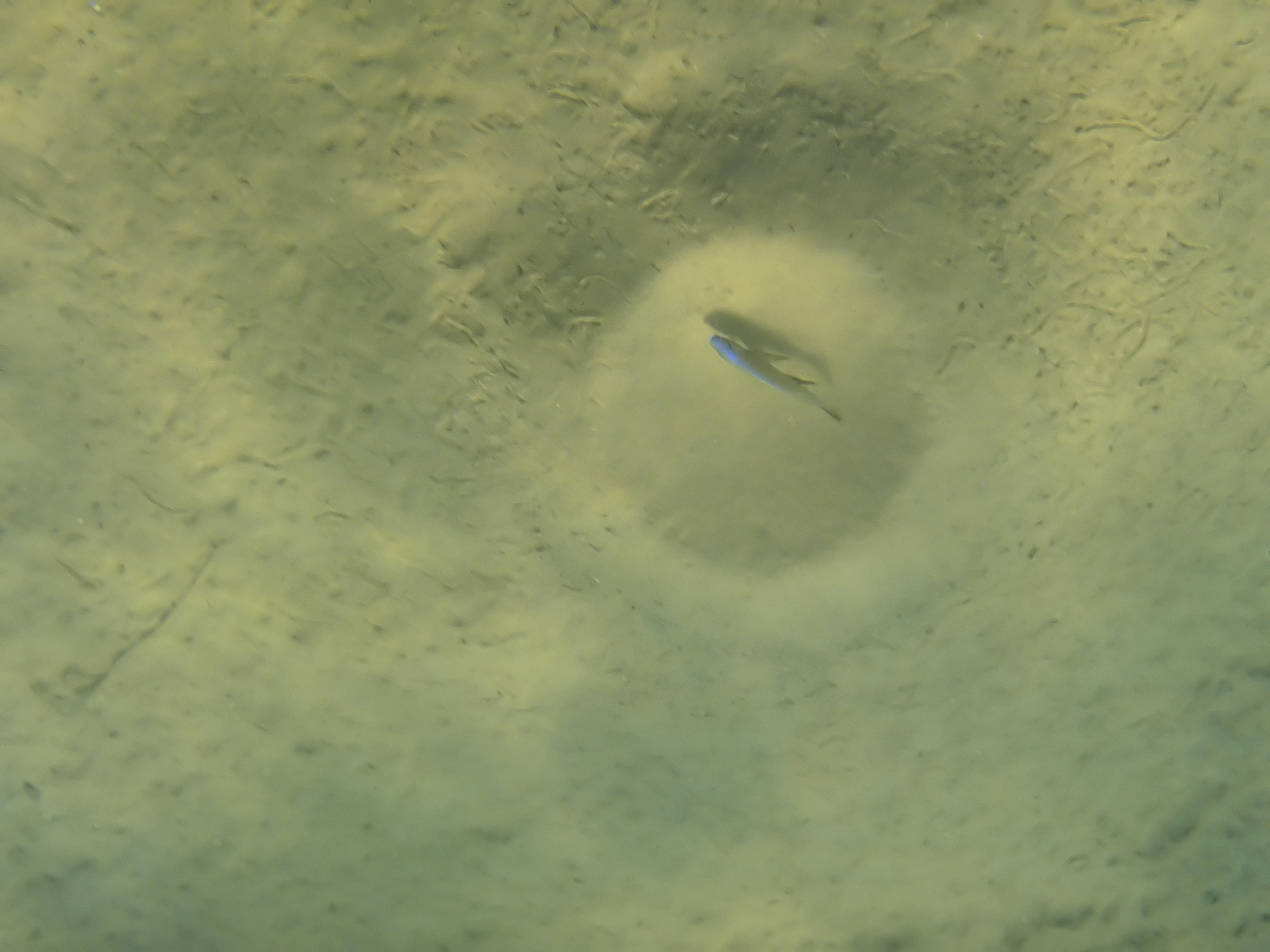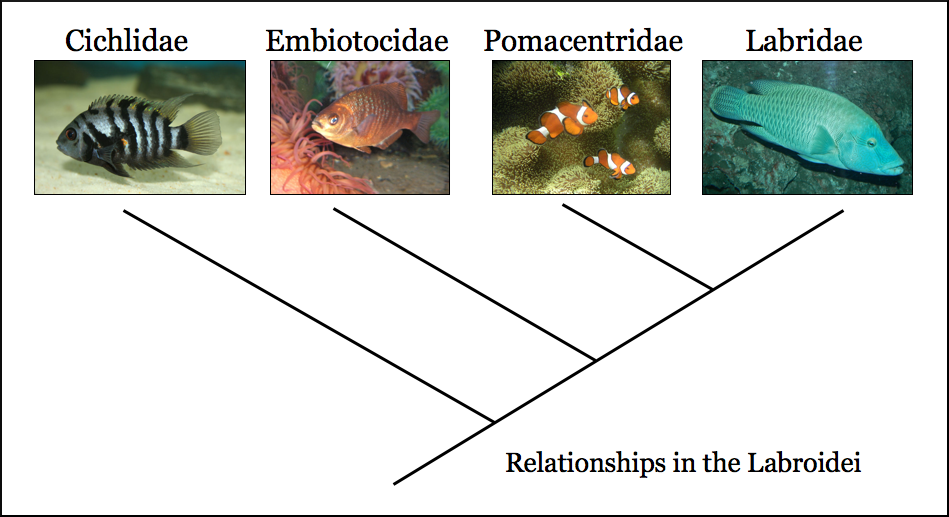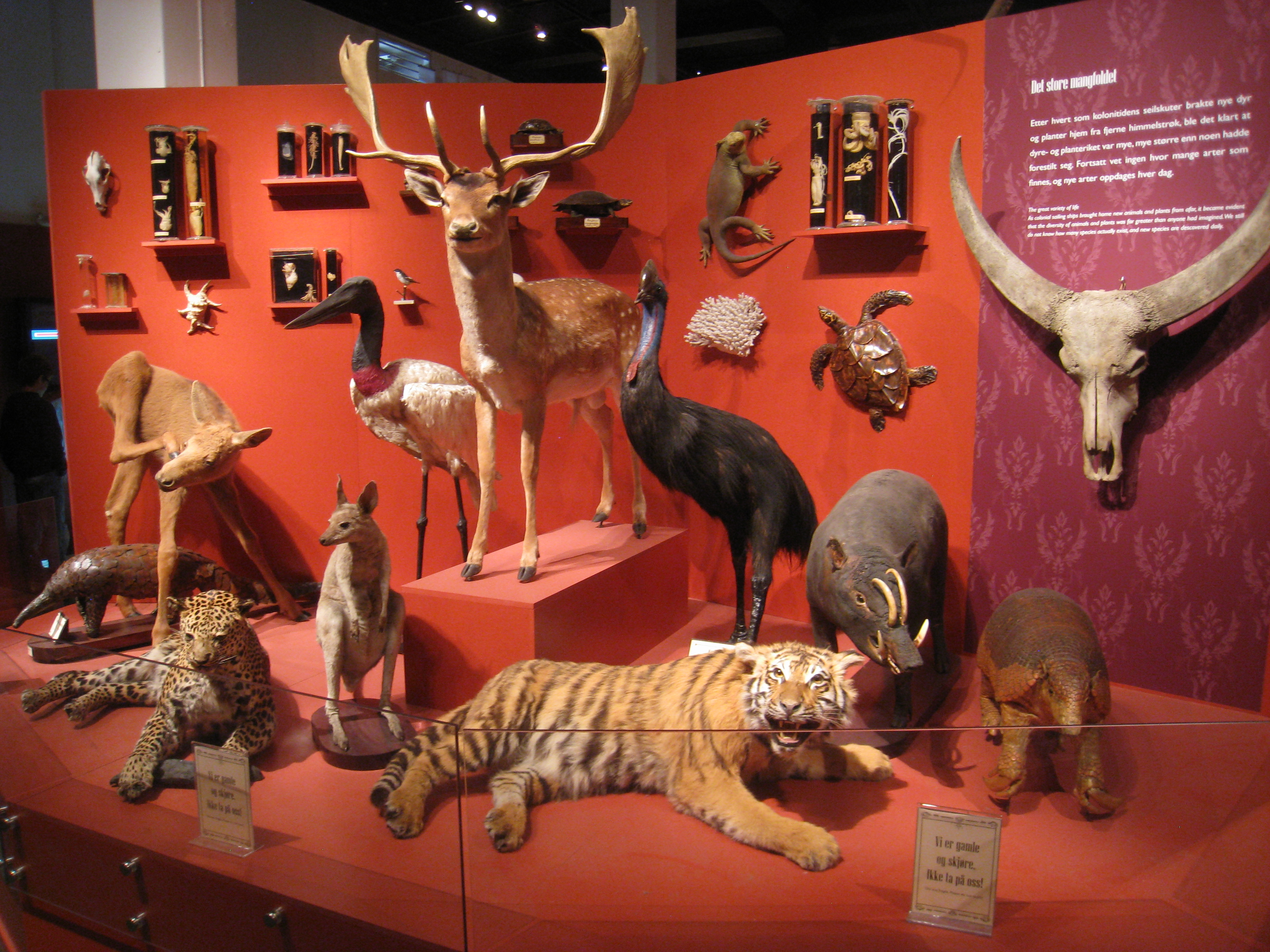|
Aulonocara Nyassae
''Aulonocara nyassae'', known as the emperor cichlid, is a species of haplochromine Cichlid that is Endemism, endemic to Lake Malawi in Africa. It has been recorded from the southeastern arm of the lake and may be present in the southwestern arm. This species was known only from its holotype, which was collected at the turn of the century, until more Zoological specimens, specimens were collected in the 1990s. Sources Fish of Malawi Aulonocara, nyassae Taxa named by Charles Tate Regan Fish described in 1922 Fish of Lake Malawi {{Cichlidae-stub ... [...More Info...] [...Related Items...] OR: [Wikipedia] [Google] [Baidu] |
Charles Tate Regan
Charles Tate Regan FRS (1 February 1878 – 12 January 1943) was a British ichthyologist, working mainly around the beginning of the 20th century. He did extensive work on fish classification schemes. Born in Sherborne, Dorset, he was educated at Derby School and Queens' College, Cambridge and in 1901 joined the staff of the Natural History Museum, where he became Keeper of Zoology, and later director of the entire museum, in which role he served from 1927 to 1938. Regan was elected Fellow of the Royal Society in 1917. Regan mentored a number of scientists, among them Ethelwynn Trewavas, who continued his work at the British Natural History Museum. Species Among the species he described is the Siamese fighting fish (''Betta splendens''). In turn, a number of fish species have been named ''regani'' in his honour: *A Thorny Catfish ''Anadoras regani'' (Steindachner, 1908) *The Dwarf Cichlid '' Apistogramma regani'' *'' Apogon regani'' *A Catfish ''Astroblepus regani'' * ... [...More Info...] [...Related Items...] OR: [Wikipedia] [Google] [Baidu] |
Haplochromine
__NOTOC__ The haplochromine cichlids are a tribe of cichlids in subfamily Pseudocrenilabrinae called Haplochromini. This group includes the type genus ('' Haplochromis'') plus a number of closely related genera such as ''Aulonocara'', ''Astatotilapia'', and '' Chilotilapia''. They are endemic to eastern, southern and northern Africa, except for '' Astatotilapia flaviijosephi'' in the ''Middle East''. A common name in a scientific context is East African cichlids – while they are not restricted to that region, they are the dominant Cichlidae there. This tribe was extensively studied by Ethelwynn Trewavas, who made major reviews in 1935 and 1989, at the beginning and at the end of her career in ichthyology. Even today, numerous new species are being described each year. The haplochromines were in older times treated as subfamily Haplochrominae, However, the great African radiation of pseudocrenilabrine cichlids is certainly not monophyletic without them, and thus they are tod ... [...More Info...] [...Related Items...] OR: [Wikipedia] [Google] [Baidu] |
Cichlid
Cichlids are fish from the family Cichlidae in the order Cichliformes. Cichlids were traditionally classed in a suborder, the Labroidei, along with the wrasses ( Labridae), in the order Perciformes, but molecular studies have contradicted this grouping. The closest living relative of cichlids is probably the convict blenny, and both families are classified in the 5th edition of ''Fishes of the World'' as the two families in the Cichliformes, part of the subseries Ovalentaria. This family is both large and diverse. At least 1,650 species have been scientifically described, making it one of the largest vertebrate families. New species are discovered annually, and many species remain undescribed. The actual number of species is therefore unknown, with estimates varying between 2,000 and 3,000. Many cichlids, particularly tilapia, are important food fishes, while others, such as the '' Cichla'' species, are valued game fish. The family also includes many popular freshwater ... [...More Info...] [...Related Items...] OR: [Wikipedia] [Google] [Baidu] |
Endemism
Endemism is the state of a species being found in a single defined geographic location, such as an island, state, nation, country or other defined zone; organisms that are indigenous to a place are not endemic to it if they are also found elsewhere. For example, the Cape sugarbird is found exclusively in southwestern South Africa and is therefore said to be ''endemic'' to that particular part of the world. An endemic species can be also be referred to as an ''endemism'' or in scientific literature as an ''endemite''. For example ''Cytisus aeolicus'' is an endemite of the Italian flora. ''Adzharia renschi'' was once believed to be an endemite of the Caucasus, but it was later discovered to be a non-indigenous species from South America belonging to a different genus. The extreme opposite of an endemic species is one with a cosmopolitan distribution, having a global or widespread range. A rare alternative term for a species that is endemic is "precinctive", which applies t ... [...More Info...] [...Related Items...] OR: [Wikipedia] [Google] [Baidu] |
Lake Malawi
Lake Malawi, also known as Lake Nyasa in Tanzania and Lago Niassa in Mozambique, is an African Great Lake and the southernmost lake in the East African Rift system, located between Malawi, Mozambique and Tanzania. It is the fifth largest fresh water lake in the world by volume, the ninth largest lake in the world by area—and the third largest and second deepest lake in Africa. Lake Malawi is home to more species of fish than any other lake in the world, including at least 700 species of cichlids.Turner, Seehausen, Knight, Allender, and Robinson (2001). "How many species of cichlid fishes are there in African lakes?" ''Molecular Ecology'' 10: 793–806. The Mozambique portion of the lake was officially declared a reserve by the Government of Mozambique on June 10, 2011,WWF (10 June 2011)"Mozambique’s Lake Niassa declared reserve and Ramsar site"Retrieved 17 July 2014. while in Malawi a portion of the lake is included in Lake Malawi National Park. Lake Malawi is a meromic ... [...More Info...] [...Related Items...] OR: [Wikipedia] [Google] [Baidu] |
Holotype
A holotype is a single physical example (or illustration) of an organism, known to have been used when the species (or lower-ranked taxon) was formally described. It is either the single such physical example (or illustration) or one of several examples, but explicitly designated as the holotype. Under the International Code of Zoological Nomenclature (ICZN), a holotype is one of several kinds of name-bearing types. In the International Code of Nomenclature for algae, fungi, and plants (ICN) and ICZN, the definitions of types are similar in intent but not identical in terminology or underlying concept. For example, the holotype for the butterfly '' Plebejus idas longinus'' is a preserved specimen of that subspecies, held by the Museum of Comparative Zoology at Harvard University. In botany, an isotype is a duplicate of the holotype, where holotype and isotypes are often pieces from the same individual plant or samples from the same gathering. A holotype is not necessaril ... [...More Info...] [...Related Items...] OR: [Wikipedia] [Google] [Baidu] |
Zoological Specimens
A zoological specimen is an animal or part of an animal preserved for scientific use. Various uses are: to verify the identity of a (species), to allow study, increase public knowledge of zoology. Zoological specimens are extremely diverse. Examples are bird and mammal study skins, mounted specimens, skeletal material, casts, pinned insects, dried material, animals preserved in liquid preservatives, and microscope slides. Natural history museums are repositories of zoological specimens Study skins Bird and mammal specimens are conserved as dry study skins, a form of taxidermy. The skin is removed from the animal's carcass, treated with absorbents, and filled with cotton or polyester batting (In the past plant fibres or sawdust were used). Bird specimens have a long, thin, wooden dowel wrapped in batting at their center. The dowel is often intentionally longer than the bird's body and exits at the animal's vent. This exposed dowel provides a place to handle the bird without dist ... [...More Info...] [...Related Items...] OR: [Wikipedia] [Google] [Baidu] |
Fish Of Malawi
Fish are aquatic, craniate, gill-bearing animals that lack limbs with digits. Included in this definition are the living hagfish, lampreys, and cartilaginous and bony fish as well as various extinct related groups. Approximately 95% of living fish species are ray-finned fish, belonging to the class Actinopterygii, with around 99% of those being teleosts. The earliest organisms that can be classified as fish were soft-bodied chordates that first appeared during the Cambrian period. Although they lacked a true spine, they possessed notochords which allowed them to be more agile than their invertebrate counterparts. Fish would continue to evolve through the Paleozoic era, diversifying into a wide variety of forms. Many fish of the Paleozoic developed external armor that protected them from predators. The first fish with jaws appeared in the Silurian period, after which many (such as sharks) became formidable marine predators rather than just the prey of arthropods ... [...More Info...] [...Related Items...] OR: [Wikipedia] [Google] [Baidu] |
Aulonocara
''Aulonocara'' is a genus of haplochromine cichlids endemic to Lake Malawi in East Africa. All ''Aulonocara'' species are maternal mouth brooders. Particularly in the aquarium hobby, ''Aulonocara'' species are also known as peacock cichlids, aulonocaras or simply "peacocks". This genus is strongly sexually dichromic, even by haplochromine standards. As aquarium fish, they are best kept with other medium-sized nonaggressive cichlids from Lake Malawi. All peacock cichlids are known to be less aggressive than their Mbuna counterparts, and thrive in warmer waters that have a slightly basic pH. Species The 22 recognized species in this genus are: * ''Aulonocara aquilonium'' Konings, 1995 * ''Aulonocara auditor'' ( Trewavas, 1935) * ''Aulonocara baenschi'' M. K. Meyer & Riehl, 1985 (nkhomo-benga peacock) * ''Aulonocara brevinidus'' Konings, 1995 * '' Aulonocara brevirostre'' ( Trewavas, 1935) * '' Aulonocara ethelwynnae'' M. K. Meyer, Riehl & Zetzsche, 1987 (Chitande aulono ... [...More Info...] [...Related Items...] OR: [Wikipedia] [Google] [Baidu] |
Taxa Named By Charles Tate Regan
In biology, a taxon (back-formation from ''taxonomy''; plural taxa) is a group of one or more populations of an organism or organisms seen by taxonomists to form a unit. Although neither is required, a taxon is usually known by a particular name and given a particular ranking, especially if and when it is accepted or becomes established. It is very common, however, for taxonomists to remain at odds over what belongs to a taxon and the criteria used for inclusion. If a taxon is given a formal scientific name, its use is then governed by one of the nomenclature codes specifying which scientific name is correct for a particular grouping. Initial attempts at classifying and ordering organisms (plants and animals) were set forth in Carl Linnaeus's system in ''Systema Naturae'', 10th edition (1758), as well as an unpublished work by Bernard and Antoine Laurent de Jussieu. The idea of a unit-based system of biological classification was first made widely available in 1805 in the int ... [...More Info...] [...Related Items...] OR: [Wikipedia] [Google] [Baidu] |
Fish Described In 1922
Fish are aquatic, craniate, gill-bearing animals that lack limbs with digits. Included in this definition are the living hagfish, lampreys, and cartilaginous and bony fish as well as various extinct related groups. Approximately 95% of living fish species are ray-finned fish, belonging to the class Actinopterygii, with around 99% of those being teleosts. The earliest organisms that can be classified as fish were soft-bodied chordates that first appeared during the Cambrian period. Although they lacked a true spine, they possessed notochords which allowed them to be more agile than their invertebrate counterparts. Fish would continue to evolve through the Paleozoic era, diversifying into a wide variety of forms. Many fish of the Paleozoic developed external armor that protected them from predators. The first fish with jaws appeared in the Silurian period, after which many (such as sharks) became formidable marine predators rather than just the prey of arthropods. Most fis ... [...More Info...] [...Related Items...] OR: [Wikipedia] [Google] [Baidu] |



.jpg)



_3087685650.jpg)

